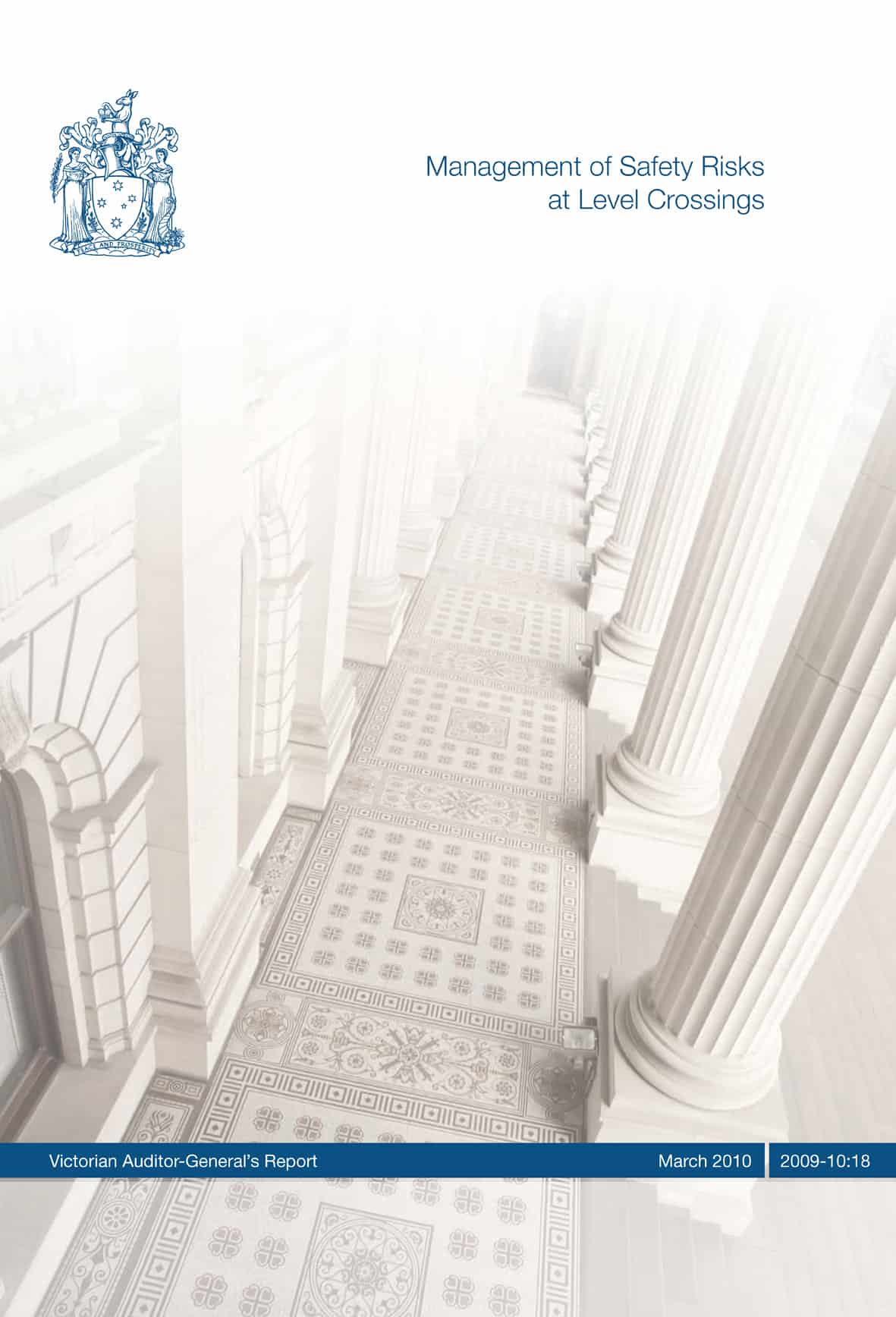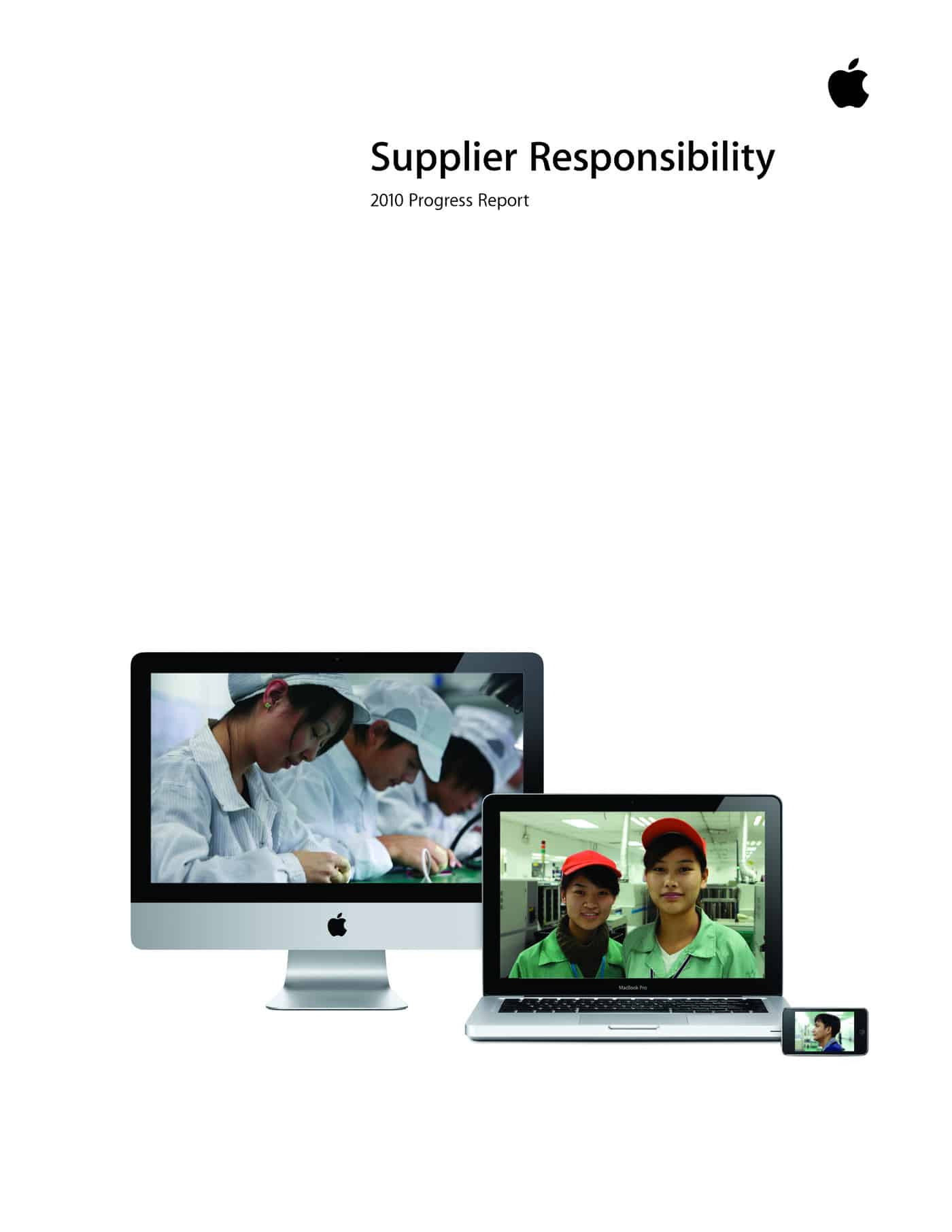On 9 April 2010, according to media reports, an investigating magistrate was appointed to investigate the more than 30 suicides that have occurred in the France Telecom (FT) workforce.
This follows the November 2009 court finding that management policy could generate harassment.
An inspectors report in February 2010 identified that “pathogenic” management methods were applied to achieve a job reduction target of 22,000 between 2006 and 2008.
Significantly one media report says that suicides are continuing in the workforce with ten occurring since the start of 2010.
An Associated Press report on 12 April 2010 quotes a union lawyer:
“At one time, there was an intention to create a sense of frustration so employees would leave. The problem was that it worked too well…” Continue reading “Important lessons from France Telecom suicide investigations”



 Apple has addressed some child labour concerns in several Chinese factories that manufacturer its products – the good news. The bad news is that children were allowed to work in these factories in the first place.
Apple has addressed some child labour concerns in several Chinese factories that manufacturer its products – the good news. The bad news is that children were allowed to work in these factories in the first place.